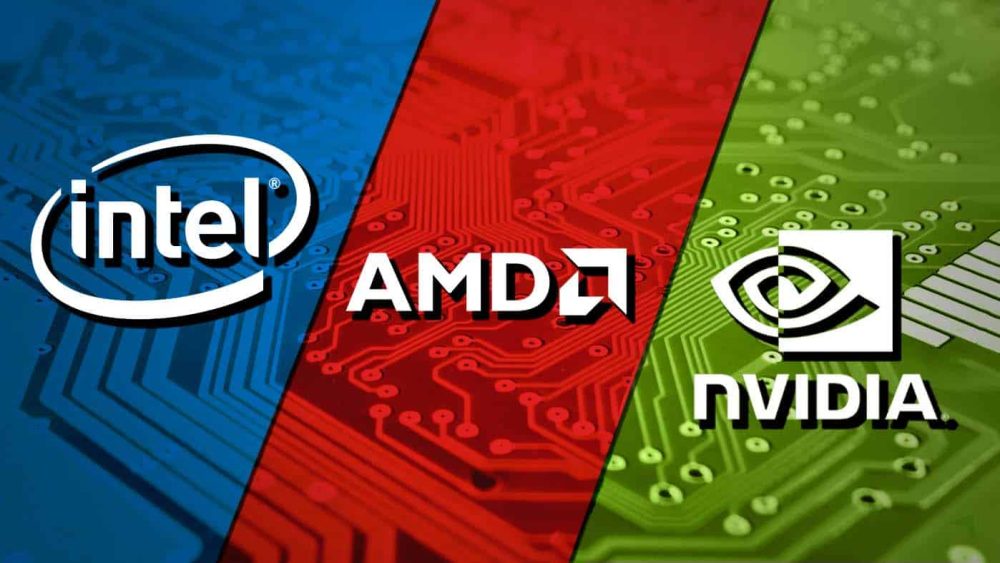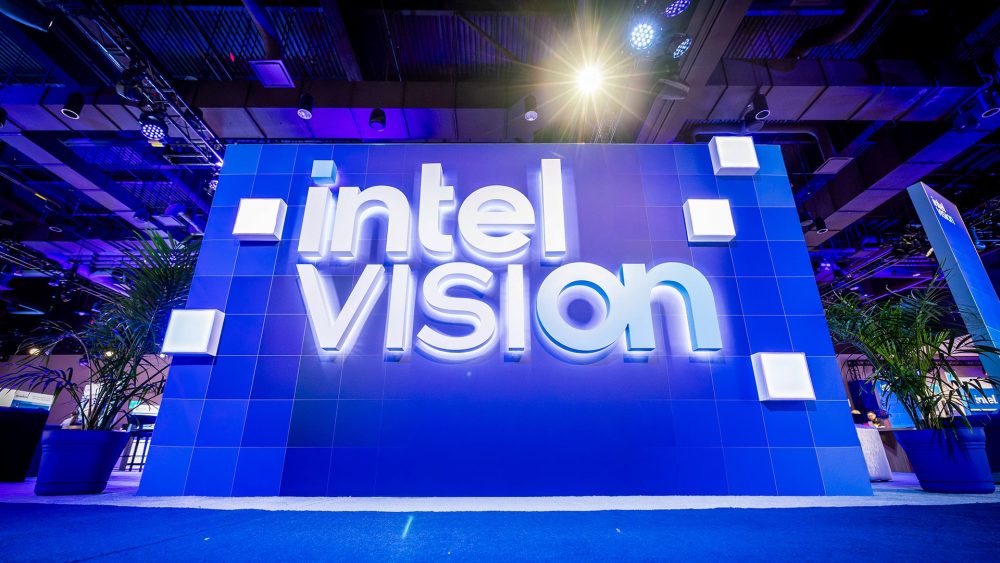AMD has sounded the alarm over the newly forged Intel-NVIDIA partnership, warning that the alliance could intensify competition and put downward pressure on chip prices. Still, the company insists it’s ready to go head-to-head with its two biggest rivals.
In its latest quarterly report, AMD cited the collaboration between Intel and NVIDIA as an economic and strategic risk, stating that the partnership “may result in increased competition and pricing pressure for our products, which could materially adversely impact our business, financial condition, and margins.”
The cautious tone follows September’s headline-grabbing deal between Intel and NVIDIA, a multi-billion-dollar collaboration that brings together the strengths of both giants. Intel will provide its x86 CPU architecture and advanced packaging technology, while NVIDIA contributes its world-class GPU and AI IP, including RTX cores. Together, the two companies plan to create a new class of hybrid x86 systems-on-chip (SoCs) for both PCs and data centers.
A Two-Front Battle for AMD
For AMD, the timing couldn’t be more complex. The company has been enjoying steady momentum in the AI PC and workstation markets, thanks to its Ryzen AI MAX and Strix Halo product lines, chips that combine high-efficiency Zen cores with integrated RDNA graphics. These APUs have given AMD a unique edge, especially in handhelds and compact PCs, where balance between performance and power efficiency is key.
But the Intel-NVIDIA collaboration could threaten that advantage. If the two manage to merge Intel’s CPU muscle with NVIDIA’s GPU dominance, the resulting chips could rival AMD’s integrated APU solutions head-on, something no competitor has been able to achieve so far.
AMD acknowledged the potential threat in its filing:
“Strategic partnerships, acquisitions, and business collaborations between our competitors may increase competition and adversely affect our business,” the company wrote.
Behind the corporate phrasing lies a clear message: AMD knows the next wave of competition could be unlike anything it has faced before.
A New AI Powerhouse in the Making
The partnership between Intel and NVIDIA signals a new era in the semiconductor industry, one where even rivals find common ground to survive the accelerating AI arms race.
Intel confirmed that its own GPU roadmap remains intact. Still, NVIDIA’s graphics technology will be licensed for select x86 SoCs, chips designed to target AMD’s high-end Ryzen AI and desktop solutions. These joint products are not expected to reach the market before 2026–2027, but they already represent a shift in power dynamics.
For NVIDIA, it’s a strategic move to expand into the CPU market without developing its own x86 cores. For Intel, it’s a way to stay relevant in the AI computing race after years of lagging behind AMD and struggling to break into the GPU market on its own.
The two companies have every reason to team up. NVIDIA has cash and GPU leadership; Intel has manufacturing scale and CPU architecture. Combined, they could pose a formidable threat not just to AMD, but to ARM and even Apple’s silicon ecosystem.
AMD Stands Its Ground
Still, AMD isn’t flinching. The company remains confident in its ability to compete, and it has reason to be.
Its next-generation Zen 6 CPUs and RDNA 5 GPUs are reportedly in development, with production of the refreshed Strix Halo lineup already ramping up for next year. AMD also continues to gain ground in the handheld gaming market, a niche segment that Intel and NVIDIA have yet to fully crack.
Moreover, AMD’s track record speaks for itself: it has repeatedly outmaneuvered Intel over the past decade, delivering more efficient processors and revitalizing its brand through consistent innovation.
As for NVIDIA, while it dominates AI GPUs, its first AI SoCs for PCs, based on the upcoming N1 architecture, are still a year away, giving AMD a temporary window to consolidate its lead in the AI PC segment.
David vs. Two Goliaths
The competitive landscape in 2025 is shaping up to be a three-way showdown. NVIDIA, now valued at over $5 trillion, has the resources to push into any market it chooses. Intel, despite recent financial setbacks, remains an industry heavyweight with unmatched manufacturing capacity. Together, they represent a financial and technological juggernaut.
AMD, by comparison, is the smallest of the three, but it’s also the most agile. CEO Lisa Su has proven that focus and precision can beat size and legacy. Under her leadership, AMD has turned from an underdog into a powerhouse that forced both Intel and NVIDIA to change strategies.
That same resilience could define the company’s response to the Intel-NVIDIA threat.
Pressure Breeds Innovation
It’s easy to see AMD’s warning as fear, but it may just be realism. The semiconductor industry is shifting fast, and alliances that once seemed unlikely are now essential. Intel and NVIDIA joining forces is as much about survival as it is about strategy; both need to catch up in segments where AMD has carved out an edge.
But pressure can also spark innovation. AMD’s ongoing investment in AI-optimized CPUs, 3D-stacked cache designs, and advanced chiplet architectures could give it the flexibility to respond faster than its competitors.
The coming years will test not just AMD’s products, but its philosophy, whether its focus on balanced, open-platform computing can outlast two giants armed with money, manufacturing, and market momentum.
For now, AMD’s stance remains clear: the Intel-NVIDIA alliance is a storm on the horizon, but AMD isn’t planning to seek shelter; it’s preparing to fly straight through it.


